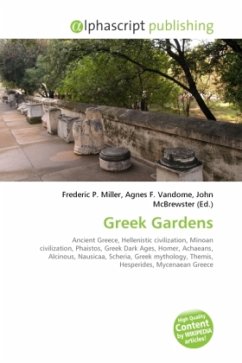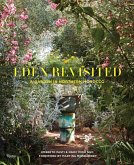A distinction is made between Greek gardens, made in ancient Greece, and Hellenistic gardens, made under the influence of Greek culture in late classical times. Little is known about either. Before the coming of proto-Greeks into the Aegean, Minoan culture represented gardens, in the form of subtly tamed wild-seeming landscapes, shown in frescoes, notably in a stylised floral sacred landscape with some Egyptianising features represented in fragments of a Middle Minoan fresco at Amnisos, northeast of Knossos. In the east wing of the palace at Phaistos, Maria Shaw believes, fissures and tool-trimmed holes may once have been planted. In the post-Minoan world, Mycenaean art concentrates on human interactions, where the natural world takes a lessened role, and following the collapse of Mycenaean palace-culture and the loss of the literacy connected with it, pleasure gardens are unlikely to have been a feature of the "Greek Dark Age".
Bitte wählen Sie Ihr Anliegen aus.
Rechnungen
Retourenschein anfordern
Bestellstatus
Storno








